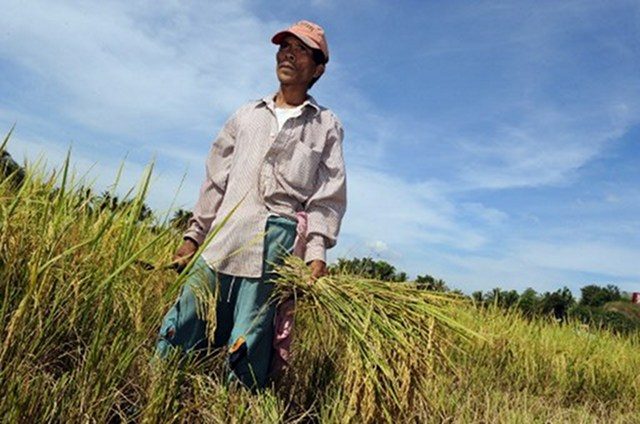SUMMARY
This is AI generated summarization, which may have errors. For context, always refer to the full article.


MANILA, Philippines – With martial law declared in Mindanao, the 24 million people living in the Philippines’ southern island face threats to their livelihood – a difficult situation for a region long battling with security threats, and whose people are some of the poorest in the country.
Yet the poorest island in the Philippines is also one that’s rich with natural resources. It is considered the country’s food basket, producing 40% of the country’s food needs and contributing more than 30% to national food trade. One-third of its land area is devoted to agriculture.
Based on its 2013 agricultural production, its top contributions to Philippine agriculture products are corn, banana, cacao, and coconut.
| PALAY | CORN | BANANA | CACAO | COCONUT | MANGO | |
| Luzon | 10,731,850 | 3,068,974 | 849,902 | 294 | 3,760,747 | 448,213 |
| Visayas | 3,428,281 | 608,079 | 782,557 | 215 | 2,562,328 | 120,381 |
| Mindanao | 4,279,275 | 3,700,023 | 7,013,208 | 4,367 | 9,039,175 | 247,605 |
*in metric tons
According to a Philippine Statistics Authority report, 11.29 million people were dependent on agriculture as their livelihood as of 2015. This accounted for 29.2% of the country’s total employment.
Among the Mindanao regions, the Autonomous Region in Muslim Mindanao (ARMM) had the most number of people employed in agriculture. Out of its total 1.26 million employed persons, 874,000 are employed in agriculture, or 69.4% of its total employed population.
Incidentally, ARMM is among the top poorest regions in the country, according to data from the 2015 Family Income and Expenditure Survey.
In 2015, the region registered a poverty incidence of 59% – more than double the national average of 26.3%. (READ: FAST FACTS: Poverty in Mindanao)
In terms of value of agricultural production, Northern Mindanao leads the Mindanao regions. The combined value of crops in the region – from palay, corn, coconut, sugarcane, banana, and other crops – amounts to P43.29 billion.
– with Hannah Mallorca and Timothy Gucilatar/Rappler.com
Hannah Mallorca and Timothy Gucilatar are Rappler interns
Add a comment
How does this make you feel?
There are no comments yet. Add your comment to start the conversation.